The history of the Oden Institute is deeply intertwined with the history of the field of computational science and engineering. J. Tinsley Oden's pioneering research in the finite element method and computational mechanics began in the 1960s, when the potential for computer modeling and simulation to change the practice of analysis and design in the engineering sciences was first being recognized. Oden’s recognition of the potential of computational engineering and sciences and his powerful joint vision with Peter O’Donnell, Jr. led to the creation of a series of world-leading institutes at UT Austin, and ultimately to what is today called the Oden Institute. Take a stroll down memory lane to see how it unfolded.
Explore our history
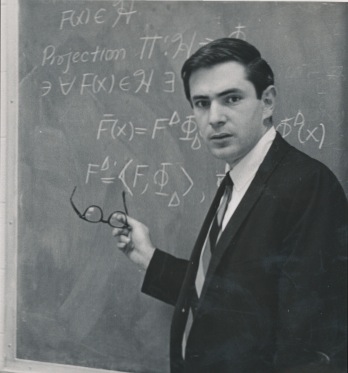
1973
J. Tinsley Oden (1936 – 2023) joins The University of Texas at Austin as a professor in the Department of Aerospace Engineering and Engineering Mechanics.
Over a series of lunches with faculty from other departments, Oden realized that there was a need for a computation group and started Texas Institute for Computational Mechanics (TICOM).
1983
In only one month, 32 one-million-dollar endowed chairs were funded from an initiative in which both UT and the O'Donnell Foundation (ODF) matched donor funds. While the ODF gifts were anonymous as always, the endowed chairs supported by matching donations were named in honor of these donors: the Sid W. Richardson Foundation, the Welch Foundation, the Cullen Trust, and the Cockrell Foundation.

1990
Oden meets with philanthropist Peter O’Donnell, Jr. about computational science research at UT. O'Donnell wanted to foster research in the areas of computer modeling and simulation.
1993
With O'Donnell's support, TICOM was renamed to Texas Institute for Computational and Applied Mathematics (TICAM) to reflect its expansion to encompass mathematics. A new graduate program in Computational and Applied Mathematics was also created.
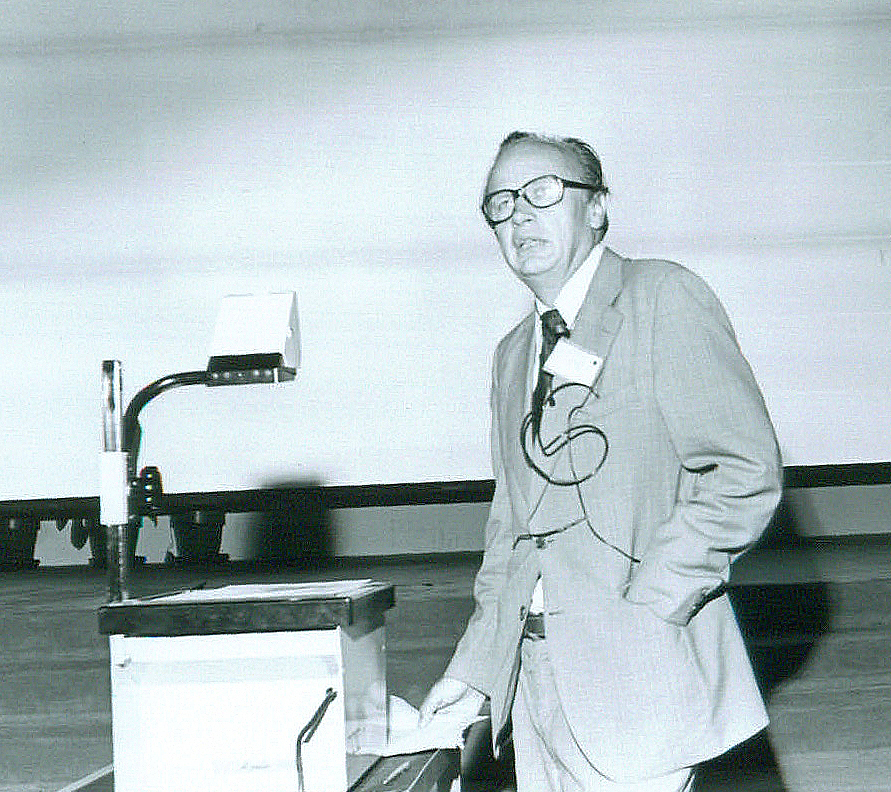
1995
Ivo Babuška joins TICAM as Senior Research Scientist and the Robert B. Trull Chair in Engineering.
Mary F. Wheeler is recruited from Rice University to join TICAM.

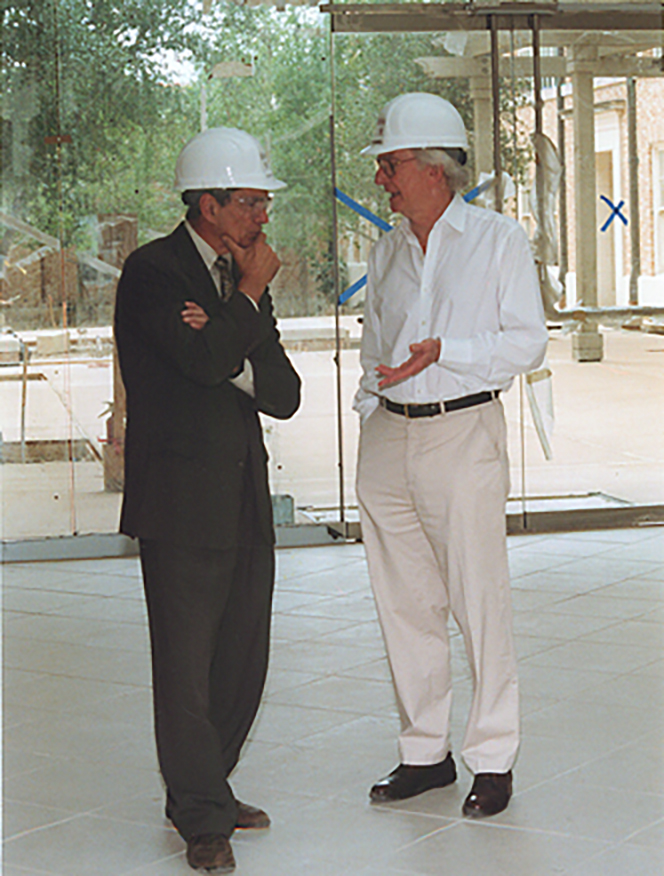
1999
Oden, recognizing the need for high performance computing power, presents a plan for a designated building for computing, leading to the creation of Texas Advanced Computing Center (TACC).
Construction began on what would become the Peter O’Donnell Jr. Building. O’Donnell and Oden talked on every aspect of its design and construction. From its inception, the building was to be dedicated to interdisciplinary research and graduate level study in computational science, engineering and mathematics.
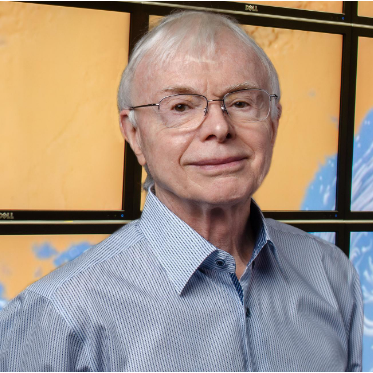
2002
Thomas J.R. Hughes is recruited from Stanford to join TICAM.
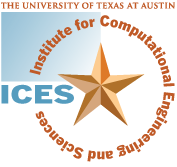
2003
TICAM is renamed the Institute for Computational Engineering & Sciences (ICES) to reflect expansion in additional fields of the sciences.

2006
A decade of rapid growth begins. The Institute draws additional faculty and research staff, and establishes new partnerships, including one with King Abdullah University of Science and Technology (KAUST) led by new ICES chair recruit Omar Ghattas.

2009
The graduate program is renamed to Computational Science, Engineering, and Mathematics (CSEM) to reflect the fact that the CSEM program encompasses interdisciplinary sciences, engineering and mathematics.
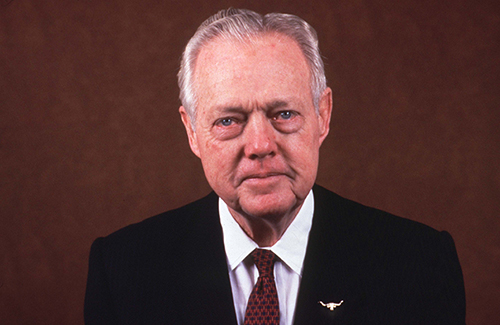
2011
The first of eight Moncrief Chairs, Michael S. Sacks, is recruited. Endowed in 2008, the Moncrief Chairs are made possible via a generous gift by W. A. “Tex” Moncrief, Jr. and O'Donnell.

2017
Oden steps down as Director of ICES and a global search for a new director is launched.
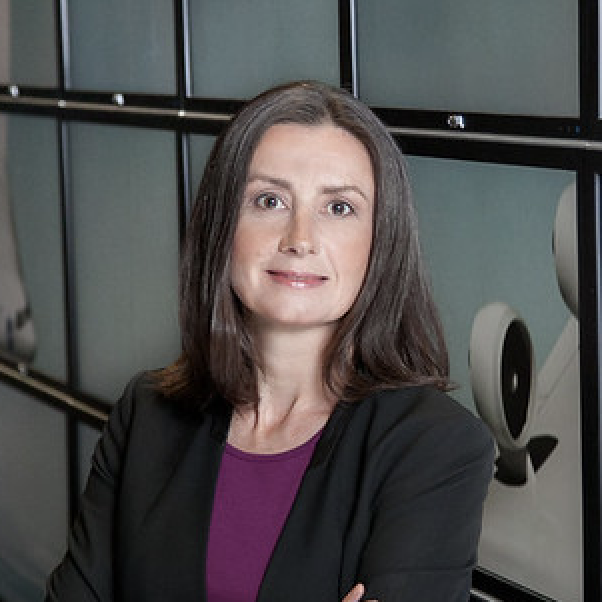
2018
Karen E. Willcox is recruited from the Massachusetts Institute of Technology and becomes the second Director of ICES in August 2018.

2019
ICES is renamed the Oden Institute for Computational Engineering and Sciences in honor of J. Tinsley Oden's role in its formation.

2023
The Oden Institute continues to grow, containing 25 research centers and groups, numbering 132 faculty, and enrolling over 100 students in its own PhD and Master's programs while overseeing a research portfolio of over $108 mil in research funding.